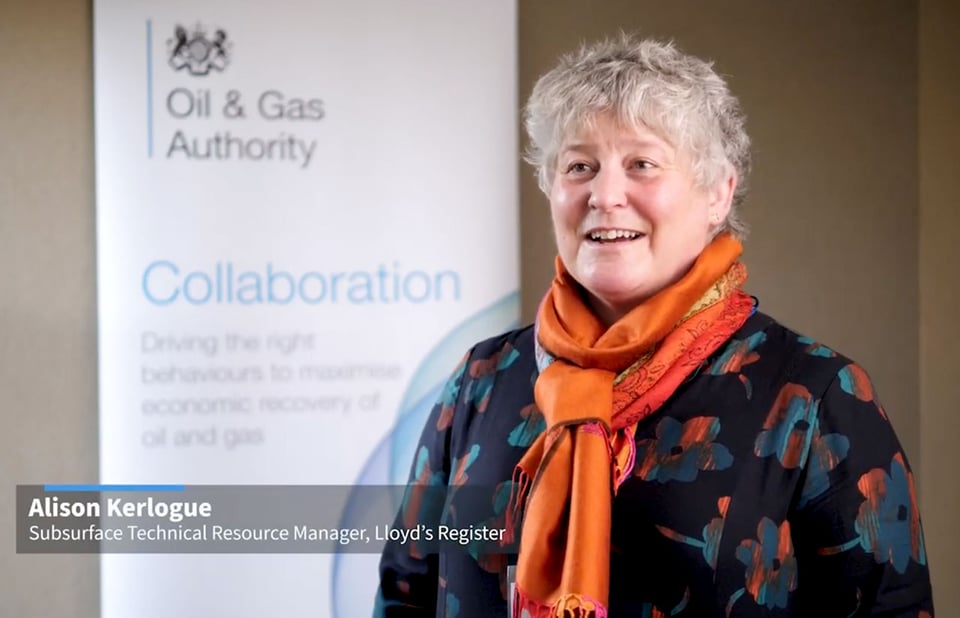Innovative partnering between oil and gas, renewables, hydrogen and carbon capture can accelerate energy transition.
This press release was issued by the Oil and Gas Authority
Integrating the UK offshore energy sector, including closer links between oil and gas and renewables, can reduce carbon emissions from oil and gas production and, longer term, actively support delivery of the UK's net zero target through technologies such as carbon capture and storage (CCS). This is the conclusion drawn in the "UKCS Energy Integration: Interim Findings" report, published today, 17 December 2019, by the Oil and Gas Authority.
The interim report discusses the first phase of the UKCS Energy Integration project which is led by the OGA, working with BEIS, The Crown Estate and Ofgem, considering options to help feed into a new strategic vision of the UKCS as an integrated energy basin. The project is funded by a grant from the Regulators' Pioneer Fund.
The project considers how oil and gas infrastructure and capabilities can be leveraged for CCS, and to support renewable energy production and hydrogen generation, transportation and storage.
The report finds that multiple offshore integration concepts are technically feasible and would be viable options for helping to lower the oil and gas industry's carbon footprint and decarbonising the UK economy.
The report emphasises that opportunities for UKCS deployment are plentiful, diverse and location-specific. Additionally, the UK has significant wind power potential, untapped carbon storage capacity, and extensive oil and gas infrastructure in place. All the concepts discussed in the report can reduce carbon dioxide emissions but differ in terms of scalability and timeline.
The concepts discussed in the report are as follows:
- Platform electrification could significantly reduce emissions on oil and gas installations by using low-carbon electricity, including directly from offshore wind farms, to replace generation from gas and diesel. Technology for platform electrification has been proven and could enable near-term emissions reductions for the oil and gas industry.
- Gas-to-wire (GtW) may enable gas to be converted to electricity offshore and transported using existing windfarm cables. In terms of technical feasibility, individual elements are proven, but it is a niche solution suited, particularly, to the Southern North Sea (SNS) and East Irish Sea (EIS). GtW can to be combined with CCS to avoid the incremental CO2 emissions.
- CCS has already been piloted offshore and is considered essential in all UK decarbonisation scenarios, not just to decarbonise the power sector but also to enable deep cuts from other sectors, including industry. The storage potential across the UKCS and opportunity for oil and gas synergies is very significant.
- Hydrogen has feasible production avenues through both 'blue' hydrogen (produced by natural gas reforming) and 'green' hydrogen (electrolysis produced by renewables) routes, enabling decarbonisation of power, heat and transport. The offshore energy sector - both oil and gas and renewables - offer significant production, storage and transport potential, for example through the repurposing of offshore oil and gas infrastructure and offshore electrolysis, with transportation in re-used pipelines.
- Offshore energy hubs can help scaling up net-zero energy solutions, e.g. by allowing hydrogen to be generated offshore using windfarms and stored in reservoirs to be transported to shore using oil and gas infrastructure. Multiple sites across the UK would be suited to energy hubs.
The OGA fully supports the energy transition and welcomes the government's legally binding commitment to net zero emissions by 2050. The OGA understands why there could be concern about UK domestic production of oil and gas in this context. However, oil and gas will remain an important part of our energy mix for the foreseeable future, including under net zero scenarios, where the UK is still expected to be a net importer. As such, managing the declining production and maximising the economic recovery from the UK remains vital to meet those energy demands as long as they exist, and to reduce reliance on hydrocarbon imports.
Andy Samuel, Chief Executive of the OGA said: "The energy transition and the UK's drive to net zero requires the oil and gas industry to embrace energy efficient operations, whilst supporting the growth of CCS, offshore renewables, and hydrogen. Our report highlights the wide range and combination of solutions that can play a part, in line with the Committee for Climate Change's recommendations. Phase II is well underway, focusing on regulatory and economic aspects and we look forward to working closely with industry and government in enabling action through 2020 ahead of COP 26."
Phase 1 of the project was completed by global engineering consultancy, LRQA. Alison Kerlogue, LRQA's expert voice on Energy Integration said: "As an industry, the approach we're taking in developing sustainable energy sources has made significant strides in the last 12 to 18 months. Historically asset owners retirement and decommissioning plans have failed to recognise potential reuse and integration options. The OGA's report identifies the solutions that will help drive the transition to an energy mix that embraces renewable sources using existing oil and gas infrastructure, the concepts of which can be used anywhere in the world not just the UKCS.
For LRQA, it was an exciting project to be part of; applying our deep knowledge of UKCS reservoirs, infrastructure and renewable sources to establish the technical feasibility of combining renewable sources with oil and gas assets, unlocking the potential for energy integration."
The OGA has appointed EY to support delivery of phase two of the project, which consists of an economic and regulatory assessment, to identify barriers, opportunities and quick-wins. The project will conclude in Q2 2020, after which a final report will be published.



